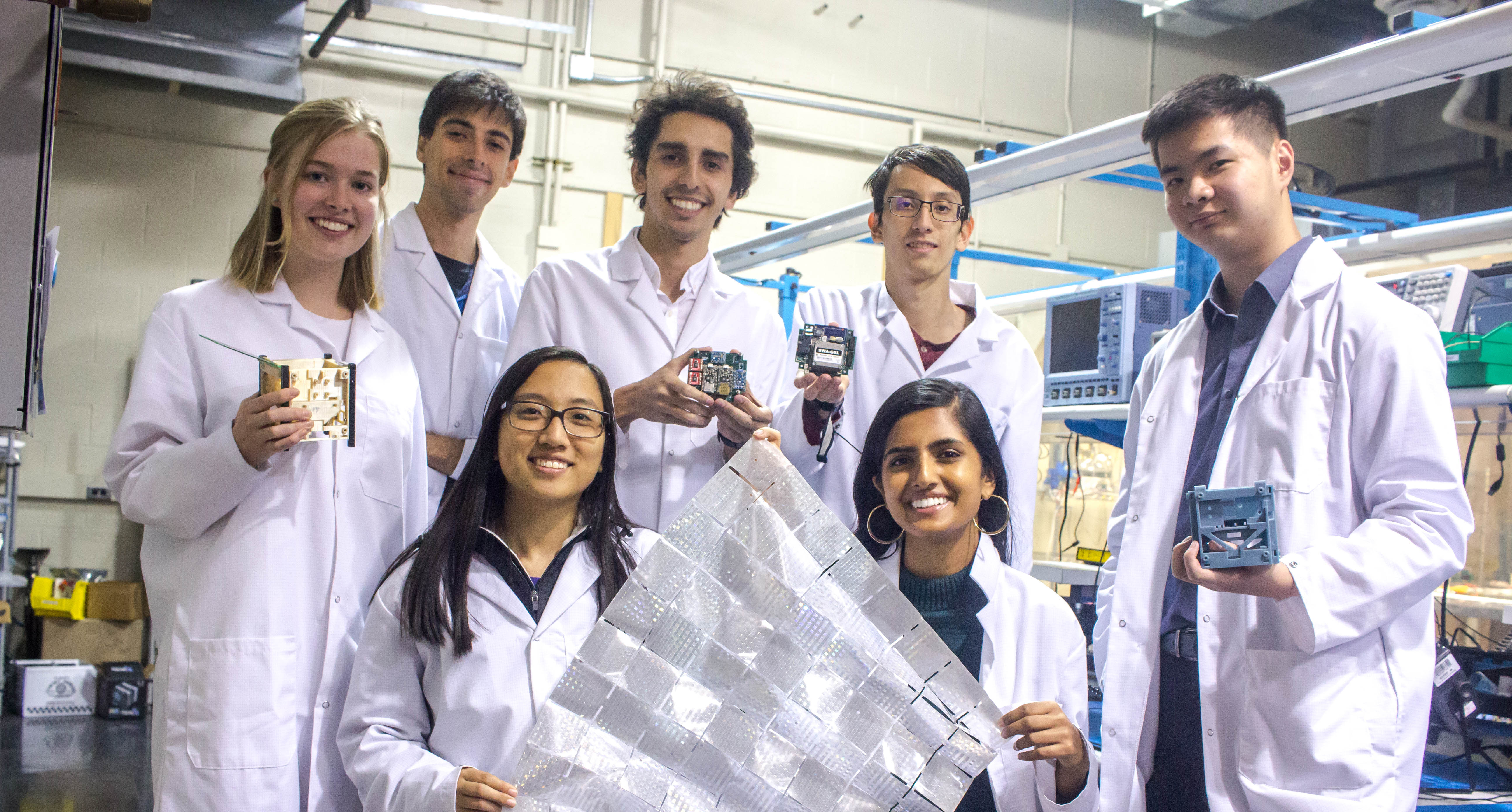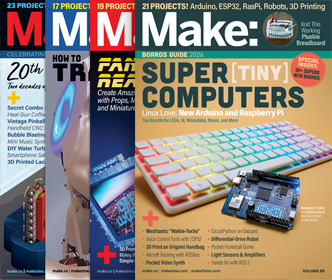Alpha CubeSat - Reaching for the Stars
By Joshua Umansky-Castro
Alpha is a 1U CubeSat designed to deploy a spin stabilized free flying light sail fitted with ChipSats (satellite-on-a-chip technology). The project demonstrates light sail technologies that are suitable for interstellar propulsion.
Type: Social Impact, Artistic, Education
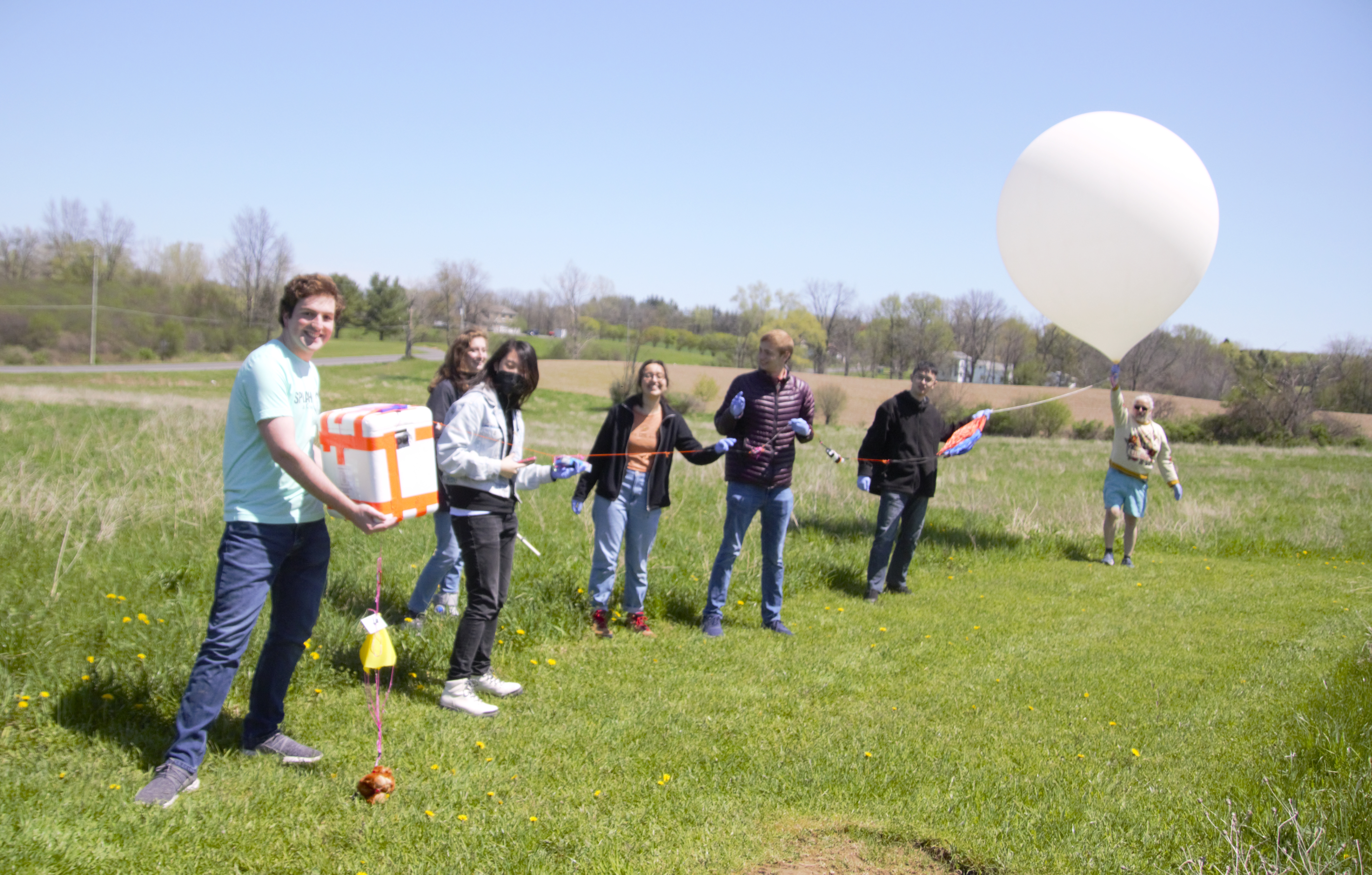
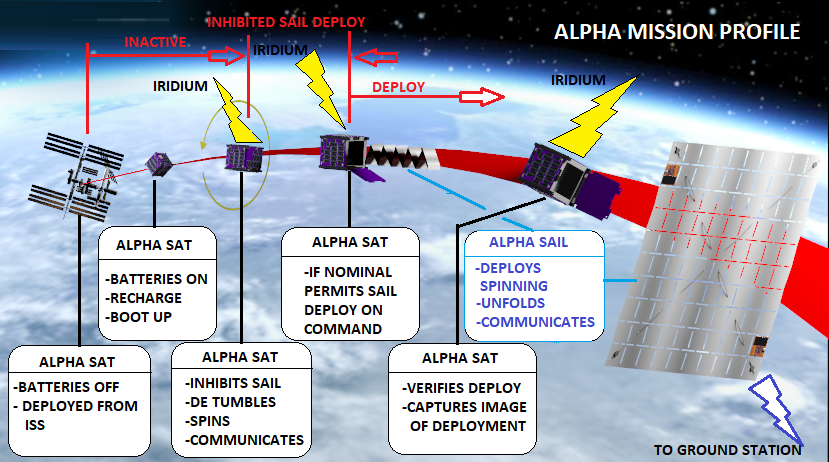
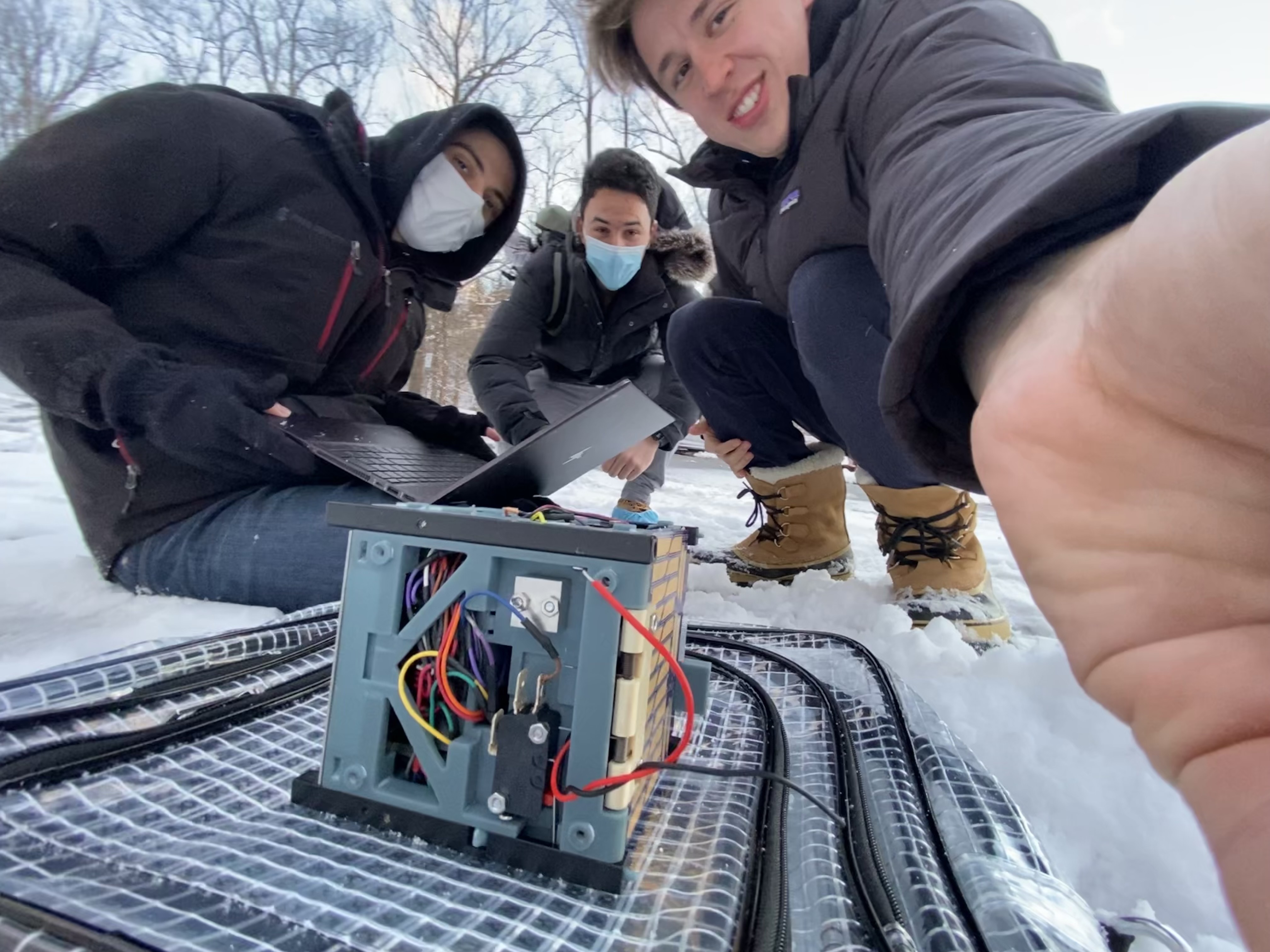
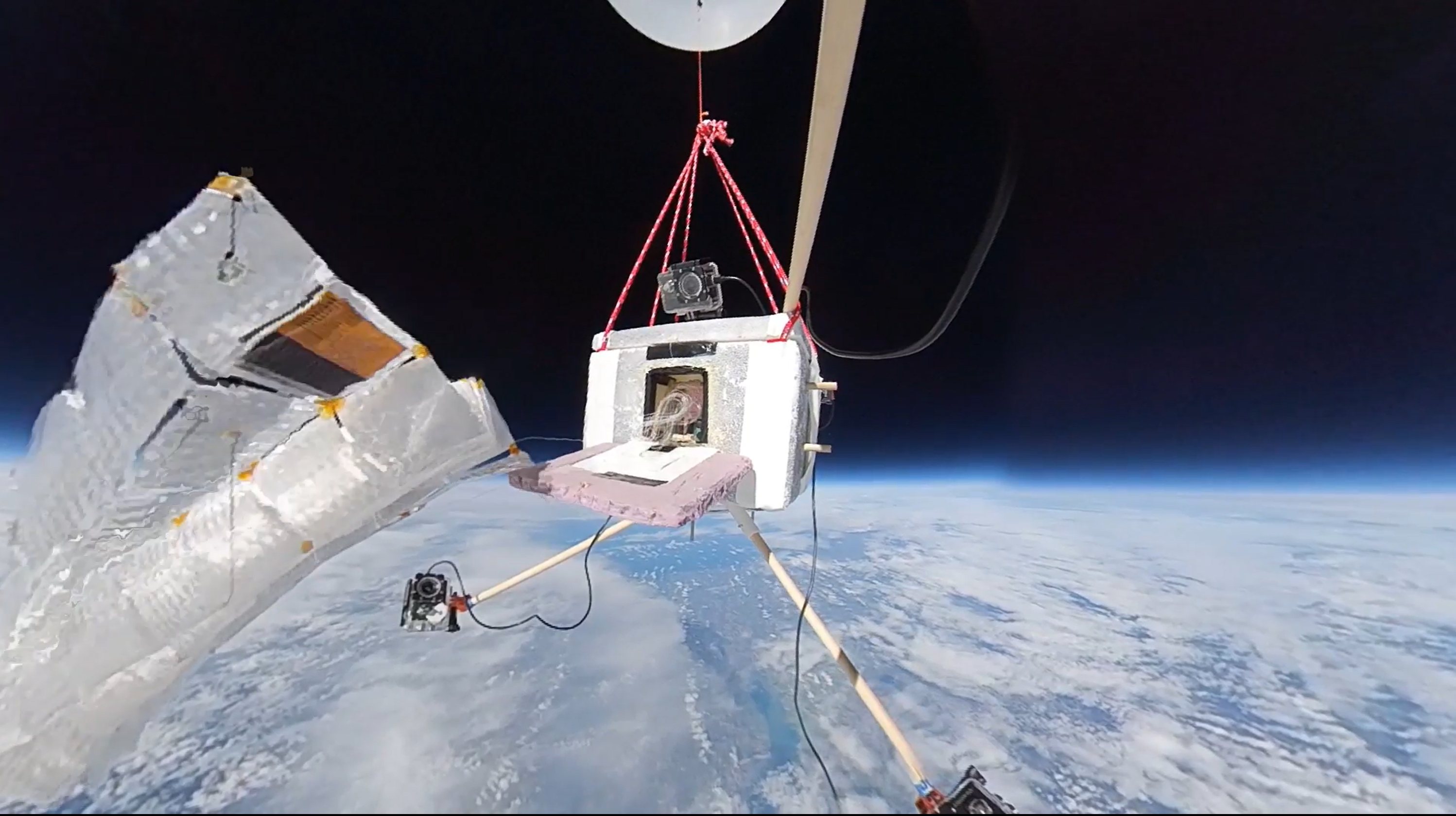
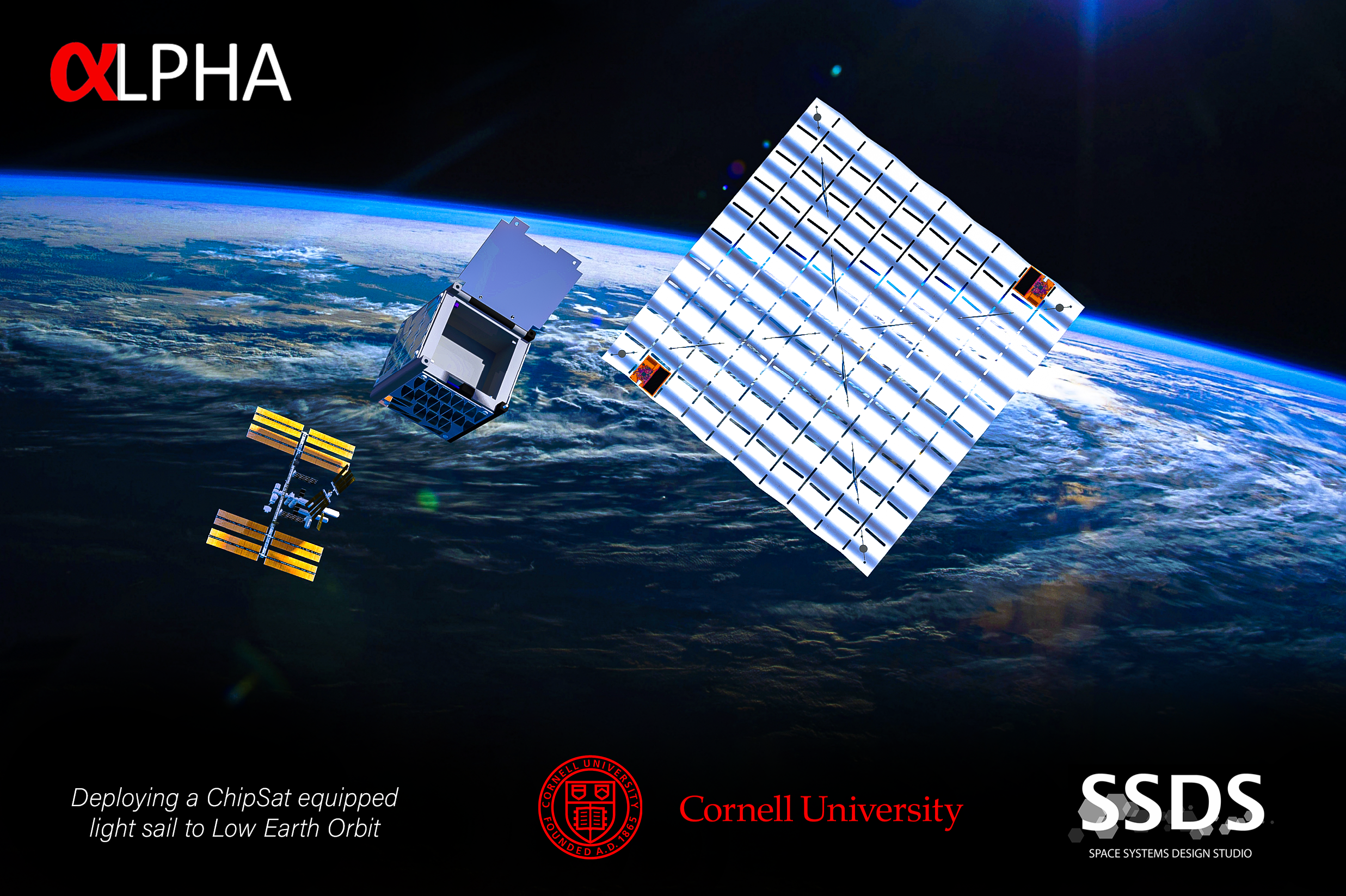
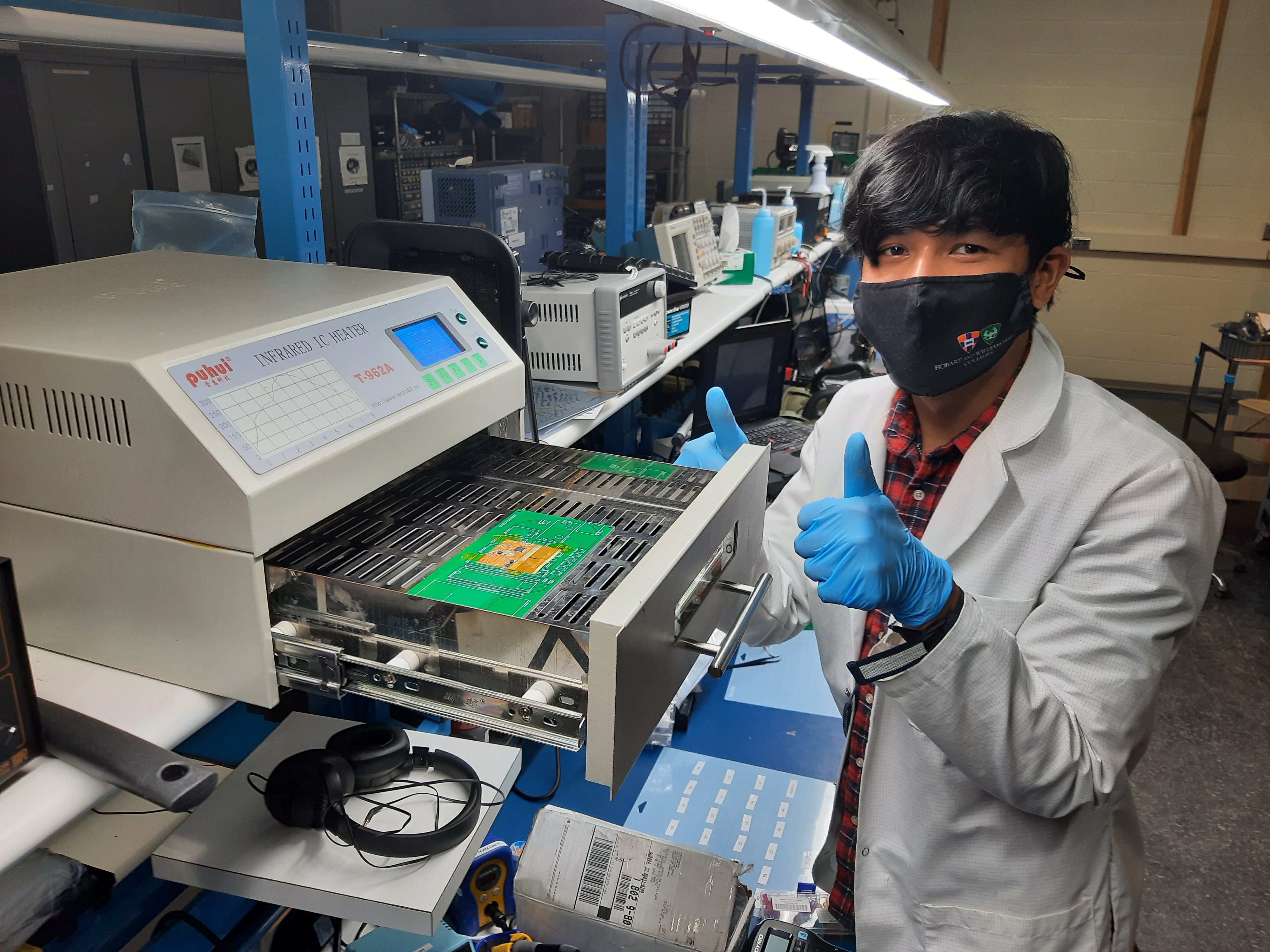
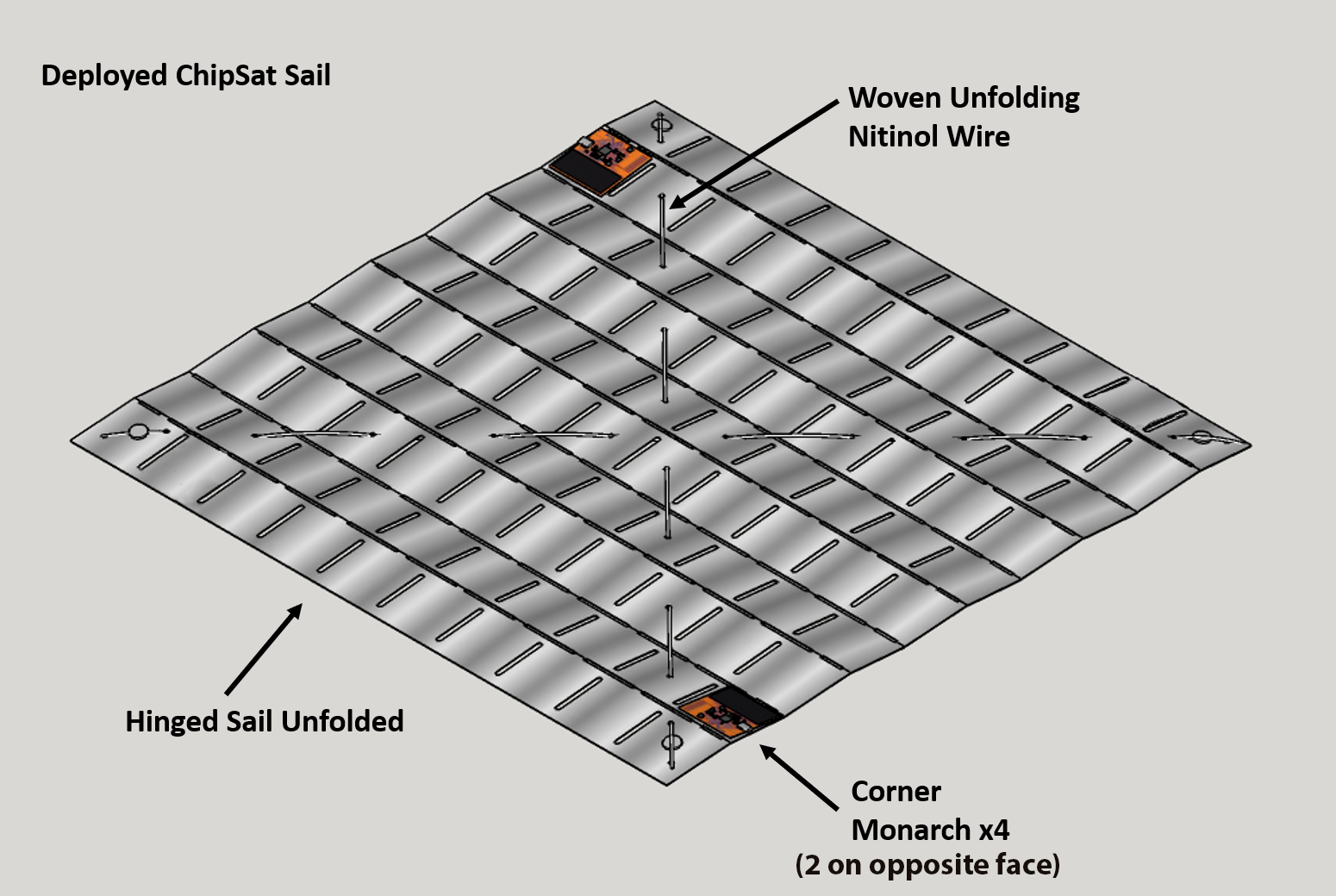

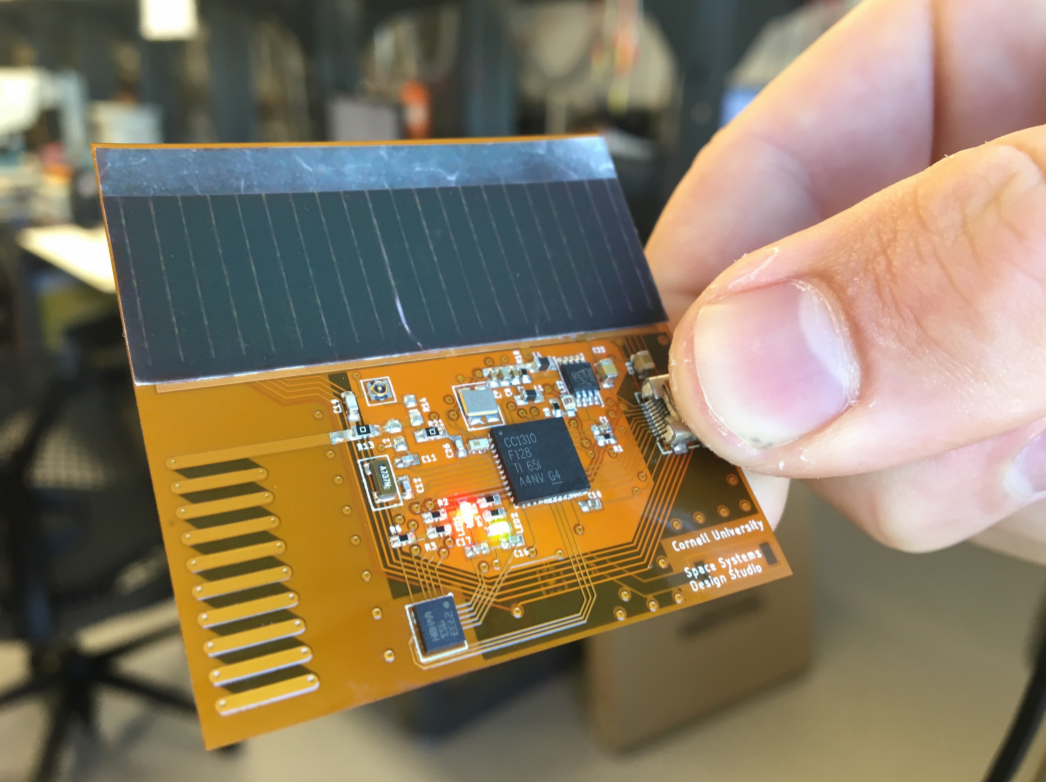
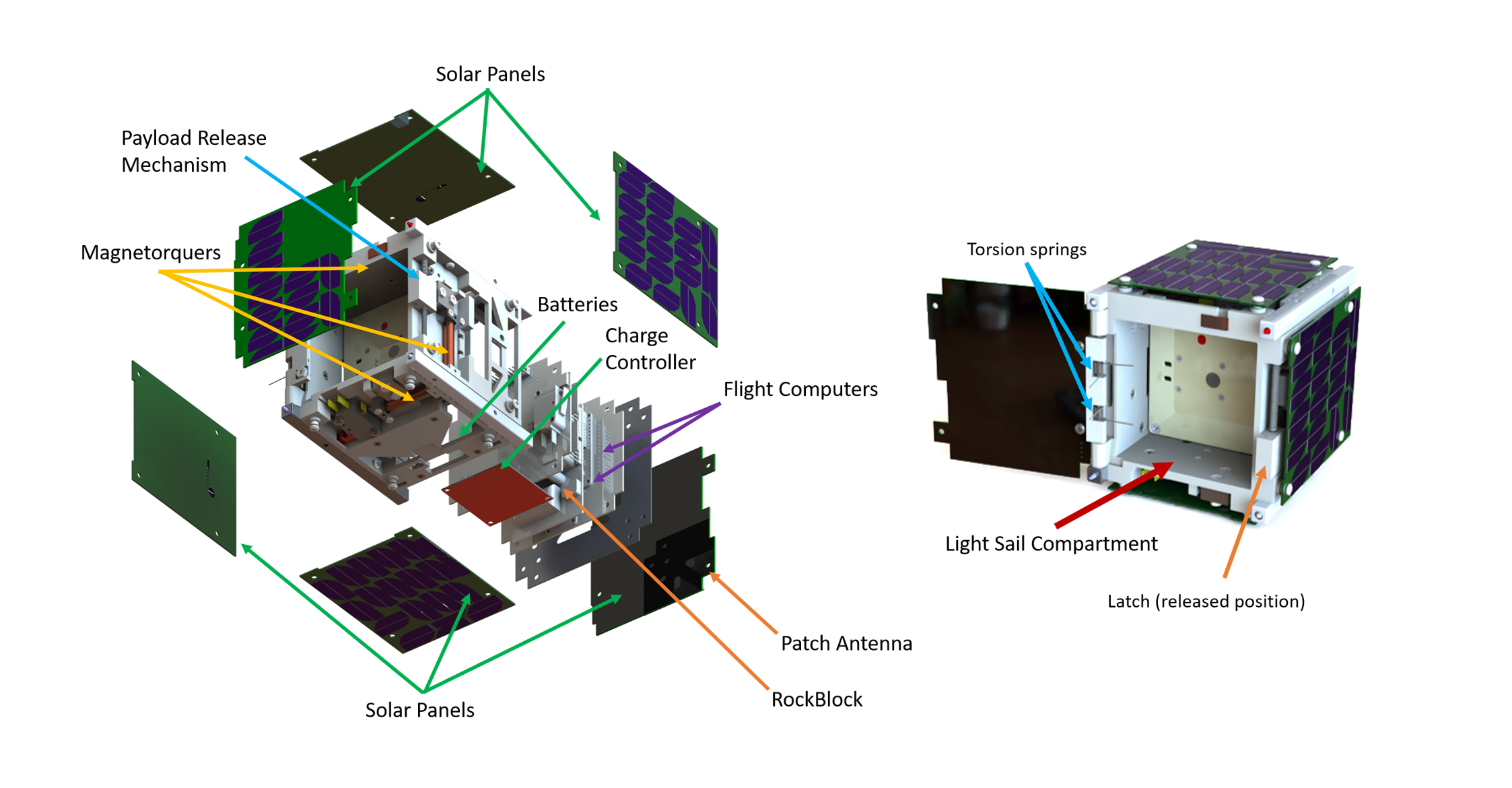
What inspired you or what is the idea that got you started?
The project was started by Isabel Dawson, a sophomore at Ithaca High School who submitted her idea to the Museum of Science Fiction’s CubeSat design competition. Our mission is inspired by Breakthrough Starshot -a one-way journey to find life at our nearest neighbor, Alpha Centauri. In line with the goals of this futuristic mission, we seek to deploy a light sail equipped with “star chip” technology -gram-scale equipment that enables the sail to be free-flying and accelerate faster than any spacecraft. In particular, our mission takes advantage of the CubeSat platform. Drawing inspiration from the Maker community and emphasizing student leadership and learning opportunities, our project is made of COTS components and assembled entirely in-house. Our light sail will stay in low Earth orbit due to our launch opportunity. Nevertheless, it is a demonstration of many new technologies for small spacecraft and a small but meaningful step towards interstellar travel.
What is your project about and how does it work?
Alpha is a 1U CubeSat designed to deploy a spin stabilized light sail in low Earth orbit. Light sails are relatively new additions to the spacecraft community, providing thrust by reflecting sunlight instead of using fuel. Our light sail deploys via a shape-memory alloy frame, and is fitted with four centimeter-scale ChipSatellites, designed and assembled by students, that enable listeners on the ground to track the sail in orbit. These ChipSats have a mass of only 2.5 grams and are fitted with their own flight computers, sensors, GPS, and radio. While primarily a delivery vehicle for the light sail, the CubeSat itself also features a number of technological innovations including an entirely 3D-printed chassis, an iridium modem that bypasses the need for traditional (and expensive) radio equipment, and spin-stabilization entirely through magnetorquers. Finally, holographic art is mounted onto our solar panels, a tribute towards the interstellar message plaques of past and future.
What did you learn by doing this project?
Our team members have become well versed in designing mechanical components in CAD, building and testing electronic circuits from breadboards to PCBs, writing software in C++ to operate the CubeSat hardware, and communicating with spacecraft over the radio. Cornell students are drawn to our project because of the opportunity to learn a wide range of skills and gain experience in work beyond their major field, all within our collective passion for space technology and exploration. Our CubeSat development also follows basic systems engineering principles employed by NASA, such as the breakdown of the mission into system requirements, followed by the verification and validation of requirements by multiple levels of hardware testing, analysis, and simulation. Mistakes are a frequent and welcome occurrence in student-led projects, and our methodology allows us to detect, learn from, and resolve each issue as we bring our creation closer to the launchpad.
What impact does your project have on others as well as yourself?
Our graduated members have attributed our project as the key experience in their Cornell education for learning to problem solve and planning long-term projects. New students learn from senior members, and then do their part in teaching the next generation of CubeSat team members. This “see one, do one, teach one” model helps reinforce the lessons learned by working on hardware or software, and students have gone on to successful careers in the space industry. Beyond the impact on our team, we hope the open-source documentation for our CubeSat’s design, integration and test can serve as a template for other small satellite projects. We also plan to enlist the help of the amateur radio community so that hams around the world can assist in tracking our light sail. Lastly, we’ve engaged the public in an online vote to determine which holograms fly on our spacecraft. Such initiatives have allowed us to share our story, and get as many folks as possible excited about interstellar travel!


